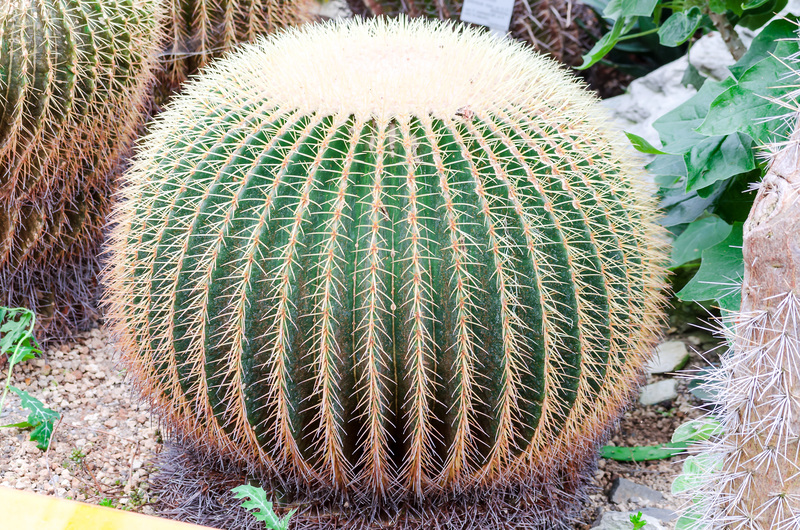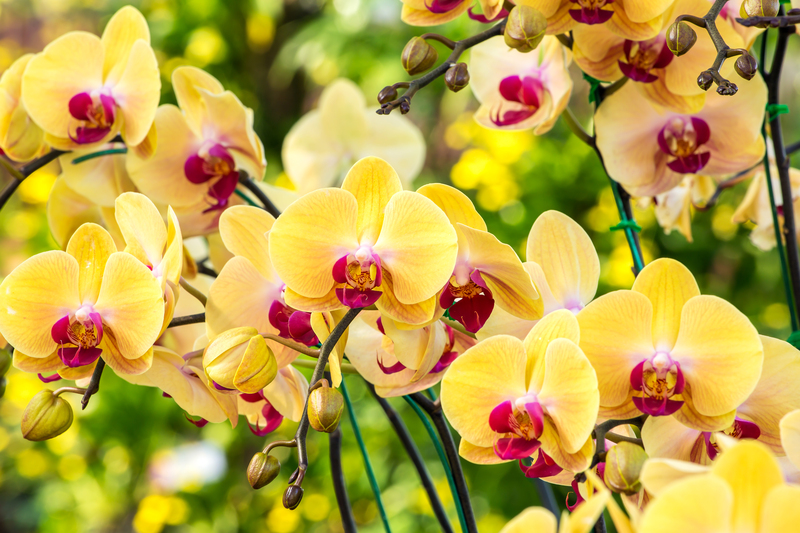Top Reasons for Yellow Patches in Your Lawn
Posted on 11/04/2025
Maintaining a lush, green lawn often requires a significant amount of effort, and the appearance of yellow patches can be both frustrating and concerning. Identifying the cause of these yellow patches is crucial to restoring the health and beauty of your lawn. In this article, we will explore the top reasons for yellow patches in your lawn.
Nutrient Deficiency
One of the primary reasons for yellow patches in a lawn is a nutrient deficiency. Lawns require a balanced supply of essential nutrients like nitrogen, phosphorus, and potassium. A deficiency in any of these nutrients, particularly nitrogen, can lead to yellowing grass. Conducting a soil test can help identify nutrient deficiencies, and applying a high-quality fertilizer can rectify this issue.

Overwatering or Underwatering
Both overwatering and underwatering can cause yellow patches in your lawn. Overwatering can lead to waterlogged soil, depriving the roots of oxygen and causing the grass to turn yellow. Conversely, underwatering can stress the grass, making it turn yellow as it struggles to survive. It's essential to maintain a consistent watering schedule tailored to your grass type and local climate conditions.
Soil pH Imbalance
Soil pH plays a crucial role in nutrient uptake by grass. If your soil is too acidic or too alkaline, it can hinder the grass's ability to absorb essential nutrients, leading to yellow patches. Using a soil test kit, you can determine the pH level of your soil and amend it with lime or sulfur to achieve the ideal pH balance.
Pest Infestations
Certain pests, such as grubs, chinch bugs, and sod webworms, can damage grassroots, causing the grass to turn yellow and die off in patches. Inspect your lawn for signs of pest activity and treat infestations with appropriate insecticides or natural pest control methods.
Fungal Diseases
Fungal diseases like dollar spot, rust, and brown patch can cause yellowing in lawns. These diseases typically thrive in warm, humid conditions. Applying fungicides and practicing good lawn maintenance, such as proper mowing, watering, and aeration, can help prevent and control fungal diseases.
Pet Urine
Pet urine, particularly from dogs, contains high concentrations of nitrogen, which can burn the grass and create yellow patches. Training your pets to urinate in a designated area or diluting the urine by watering the spot immediately can help mitigate this issue.
Compact Soil
Compacted soil restricts root growth and limits the availability of oxygen and nutrients, leading to yellow patches. Aerating your lawn can alleviate soil compaction and promote healthy root development.
Shade and Sunlight
Grass in areas with insufficient sunlight can turn yellow and weaken over time. Consider trimming trees or shrubs to allow more sunlight to reach these areas or selecting shade-tolerant grass varieties for these spots.
Pros and Cons of Lawn Maintenance
Pros:
- Improves aesthetic appeal and property value.
- Provides a recreational space and enhances outdoor living experiences.
- Promotes environmental benefits like erosion control and carbon sequestration.
Cons:
- Requires time and effort to maintain regularly.
- Can involve costs for fertilizers, tools, and treatments.
- Potential environmental impact from chemical treatments and water usage.
Tips for Preventing Yellow Patches
- Conduct regular soil tests to monitor nutrient levels and pH.
- Maintain a consistent and appropriate watering schedule.
- Address pest problems promptly with suitable treatments.
- Properly fertilize your lawn with a balanced fertilizer.
- Practice good lawn maintenance techniques, including aeration and mowing.

Takeaways
- Yellow patches in lawns can result from various factors, including nutrient deficiencies, water imbalances, soil pH issues, pest infestations, and fungal diseases.
- Regular maintenance and timely interventions are key to preventing and addressing yellow patches.
- Understanding the underlying cause is essential to effectively treat and prevent yellow patches in your lawn.
Conclusion
Achieving a healthy, green lawn requires diligence and attention to detail. By understanding the top reasons for yellow patches and taking appropriate preventive and corrective actions, you can maintain a beautiful lawn year-round. Regular soil testing, proper watering and fertilizing, pest management, and good lawn care practices are integral to preventing yellow patches and ensuring your lawn remains vibrant and healthy.
If you are experiencing yellow patches in your lawn, addressing the issue promptly using the tips and techniques outlined in this article will help restore your lawn's health and beauty.




